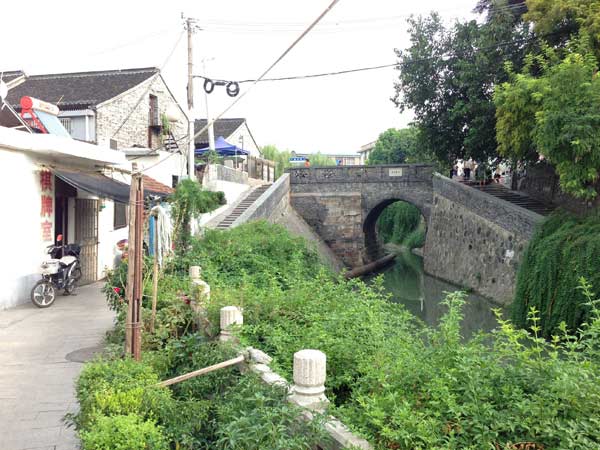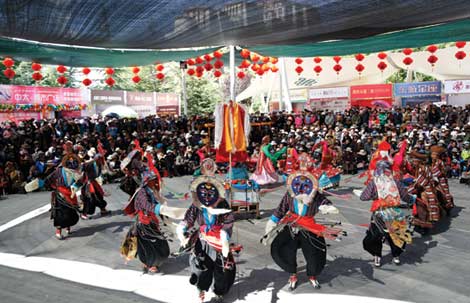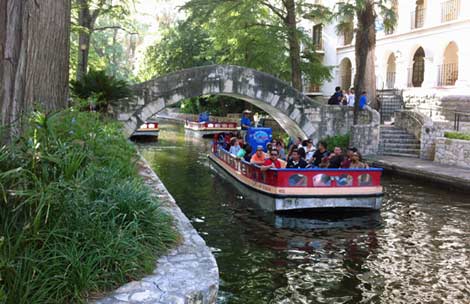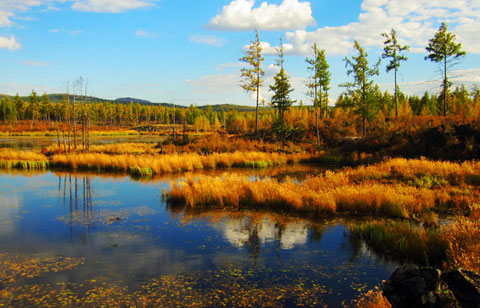Reclaiming a piece of history
Updated: 2014-10-31 12:51
By Chris Davis(China Daily USA)
|
||||||||
 |
|
For centuries a vibrant cultural gathering place, the Minor Qinhuai River in Yangzhou has fallen to neglect. A plan has been adopted to bring it back to life. Provided to China Daily |
Key areas
The team sorted out key areas where the river's "space" intersected with the city's "space", where each road perpendicular to the river intersected and crossed it. They called them nodes and identified eight.
Node 1 had the critically important docks where passengers boarded boats for rides to the Slender West Lake.
Node 3 had some late 1950s early 1960s factory buildings for lacquer ware that suggested an area for artists. There was an existing marketplace between Nodes 4 and 5.
They found an intriguing complex of Buddhist temples on the east bank of Node 6, as well as paper and scissor shops and book distributors. Node 7 was an agglomeration of special local eateries and restaurants. There were also existing market districts between Nodes 4 and 5 as well as between Nodes 6 and 7. Node 4, which will have a future subway stop, and Node 8, which is ideal for a tourist bus drop off, are the busiest intersections.
The planners used the "theme" of each node to create a sense of the district's identity. Where there used to be a concentration of scholars in the past, the planners considered putting schools, drawing teenagers and young adults to the site, learning there and then wanting to live nearby. Retail and other opportunities would follow.
They wanted to attract people with money in their pockets and not be just another isolated tourist attraction that so many restorations of old streets in China had become. They wanted it to be authentic, filled with real people, where shopkeepers and innkeepers aren't simply waiting for tour buses to unload. They wanted it full of the people of Yangzhou.
"It's a matter of marrying these practical, functional needs the 21st century has and try to fit that inside - in some cases - forms that come from 1,000-year-old footprints or structures," Blonkvist said.
Overland then sat down with all the interested parties to hear what they had to say.
"We learn about their aspirations and dreams for the site and what their concerns are," Andrews said. "The beauty of that is you connect with people. They're able to share their fears with you : Are you going to demolish it all? How big is it going to be? Will it overwhelm the river and surrounding area?"

 Tibetan culture to display splendor in Canada
Tibetan culture to display splendor in Canada
 Reclaiming a piece of history
Reclaiming a piece of history
 Across Americas over the week (Oct 24-30)
Across Americas over the week (Oct 24-30)
 Halloween haunts China as popularity grows
Halloween haunts China as popularity grows
 At least 4 killed in small plane crash in Kansas
At least 4 killed in small plane crash in Kansas
 Road trip to Arxan National Forest Park
Road trip to Arxan National Forest Park
 Top 10 richest Chinese in 2014
Top 10 richest Chinese in 2014
 China to join pro football wars
China to join pro football wars
Most Viewed
Editor's Picks

|

|

|

|

|

|
Today's Top News
Space tourism set back by accident
Chinese Internet companies find Brazil attractive
US spaceship test flight failure kills at least one
Breast cancer a factor in Shanghai's low birth rate: doctor
The rise of intolerance
Olympics bid fuels drive for clean air
Lenovo buys Motorola Mobility
China rail reps visit California
US Weekly

|

|







